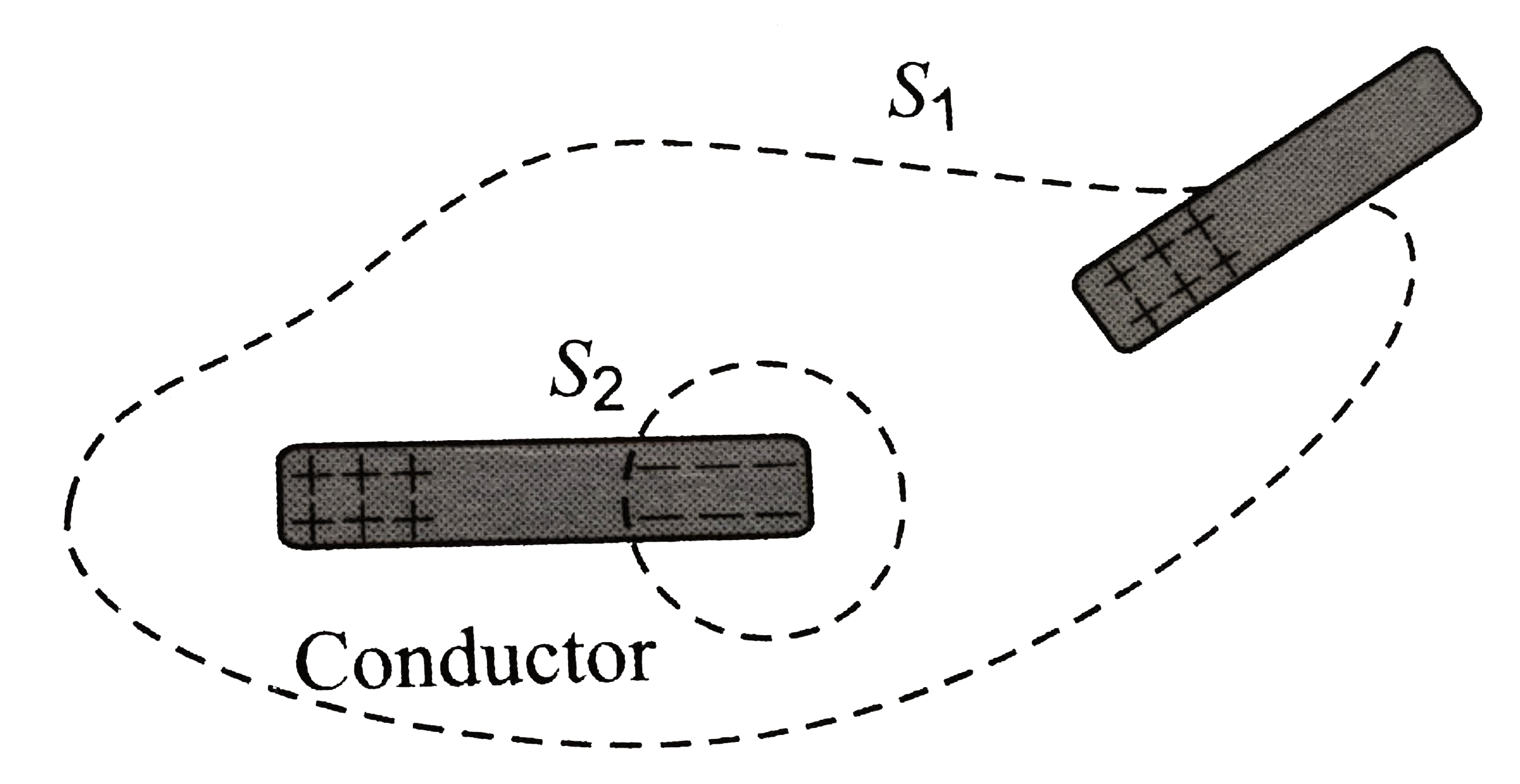An uncharged electroscope can be charged by holding a charged body near its cap. ____________
To determine whether the statement "An uncharged electroscope can be charged by holding a charged body near its cap" is true or false, we can follow these steps:
1. Understanding the Electroscope:
- An electroscope is a device used to detect electric charge. It typically consists of a metal rod with a knob at the top and two thin metal leaves at the bottom.
2. Charged Body Near the Electroscope:
- When a charged object (for example, a negatively charged balloon) is brought close to the knob of an uncharged electroscope, the electric field of the charged object influences the charges in the electroscope.
3. Induction Process:
- The presence of the charged body causes the charges within the electroscope to redistribute. In the case of a negatively charged balloon, the negative charges in the electroscope are repelled away from the knob, causing a positive charge to accumulate at the knob.
4. Charge Transfer:
- If the charged body is brought very close or touched to the knob, some of the negative charge from the balloon can transfer to the electroscope. This can happen if the charged body makes contact with the knob, allowing the charges to equalize.
5. Observation of Charge:
- As the leaves of the electroscope receive the same type of charge (in this case, negative), they will repel each other and move apart. This deflection indicates that the electroscope is now charged.
6. Conclusion:
- Therefore, the statement that "an uncharged electroscope can be charged by holding a charged body near its cap" is true. The electroscope can indeed become charged through the process of induction and charge transfer.
Final Answer:
The statement is True.
---
- An electroscope is a device used to detect electric charge. It typically consists of a metal rod with a knob at the top and two thin metal leaves at the bottom.
- When a charged object (for example, a negatively charged balloon) is brought close to the knob of an uncharged electroscope, the electric field of the charged object influences the charges in the electroscope.
- The presence of the charged body causes the charges within the electroscope to redistribute. In the case of a negatively charged balloon, the negative charges in the electroscope are repelled away from the knob, causing a positive charge to accumulate at the knob.
- If the charged body is brought very close or touched to the knob, some of the negative charge from the balloon can transfer to the electroscope. This can happen if the charged body makes contact with the knob, allowing the charges to equalize.
- As the leaves of the electroscope receive the same type of charge (in this case, negative), they will repel each other and move apart. This deflection indicates that the electroscope is now charged.
- Therefore, the statement that "an uncharged electroscope can be charged by holding a charged body near its cap" is true. The electroscope can indeed become charged through the process of induction and charge transfer.
The statement is True.
Similar Questions
An uncharged electroscope can tell the nature of charge on a charged body .
View SolutionA positively charged body has :
View SolutionA negatively charged body has ____________ of electrons.
View SolutionCharge on an originally uncharged conductor is separated by holding a positively charged rod very closely nearby, as shown in figure. Assume that the induced negative charge on the conductor is equal to the positive charge q on the rod. Then the flux through surface S1 is
 View Solution
View SolutionAn uncharged insulator can be charged by ______________ with another suitable body.
View SolutionS1: In a metallic body total number of electrons is very large in comparison with non metallic solid body of same mass.
S2: An uncharged conductor kept near a charged body is attracted by that body whether the charge on the body is positve or negative.
S3: The electric field produced by an infinitely large sheet is same on both sides.View SolutionWhat will happen to the leaves of an electroscope if a positively charged body is brought near
(a) An uncharged electroscope ?
(b) A positively charged electroscope ?
( c ) A negatively charged electroscope ?View SolutionIn case of electronic current the charge flows from negatively charged body to the Positively charged body. The body which is at higher potential is :
View Solutionif a charged body is brought near a charged electroscope, then
View SolutionWhen a negatively charged ebonite rod is brought close to an uncharged electroscope, the leaves of the electroscope develop positive charge and diverge.
View Solution

